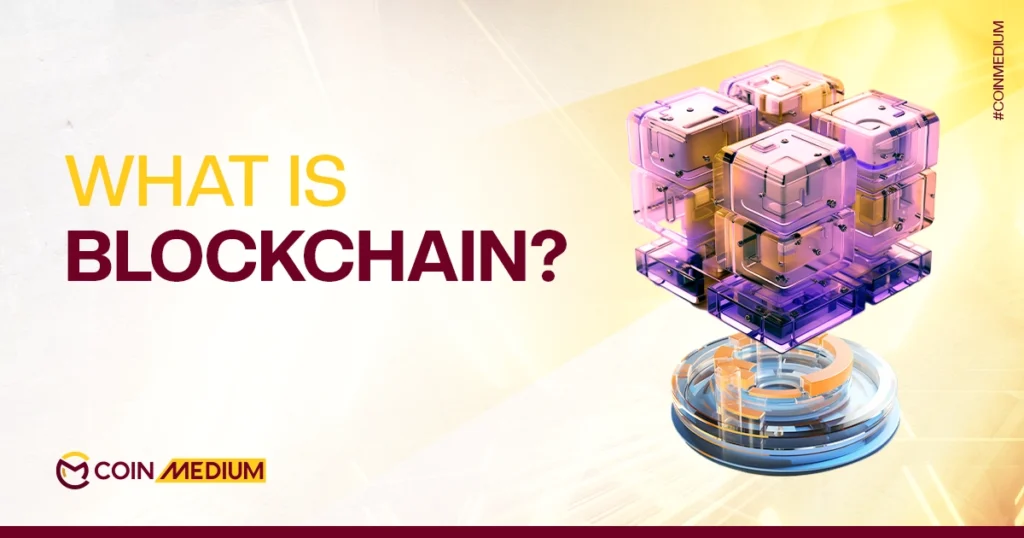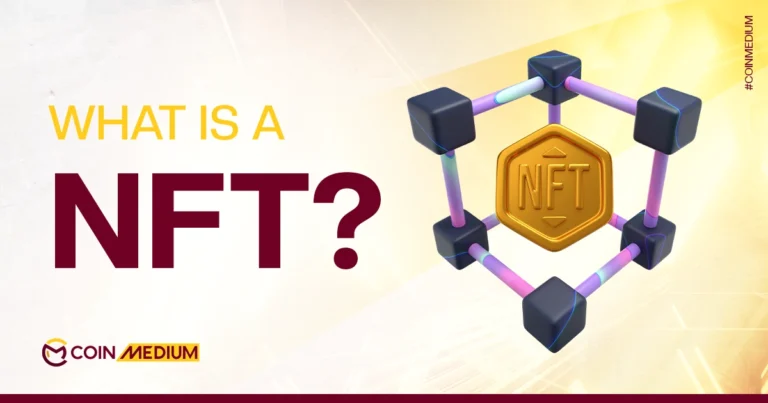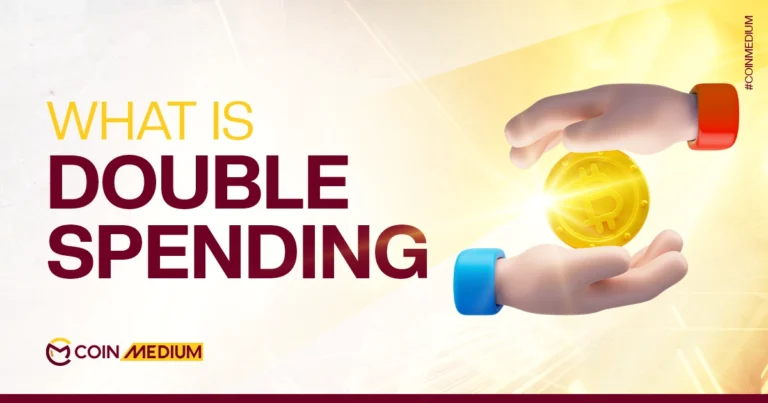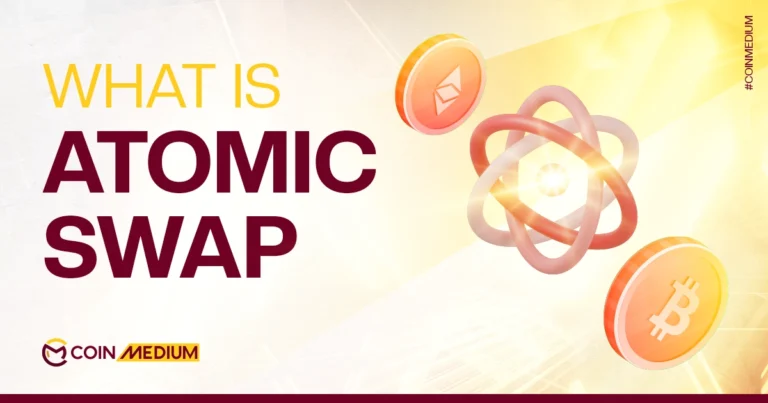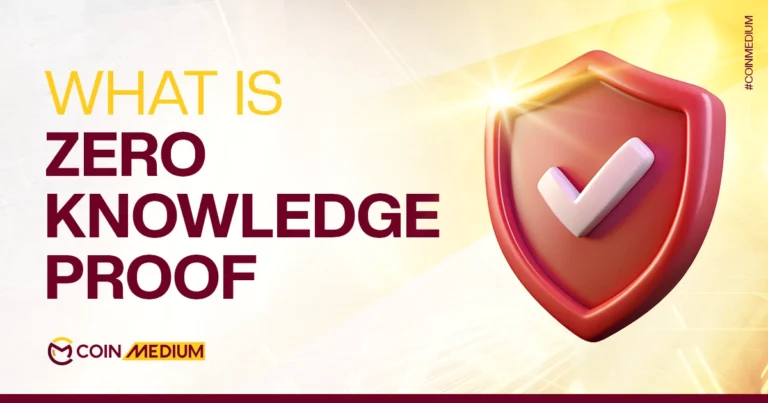- Learn how blockchain works and its key features, such as secure and shared records.
- Discover how blockchain is used in cryptocurrencies, product tracking, and other applications, along with its benefits and challenges.
- Understand basic terminology associated with blockchain technology.
You’re likely here because you’ve heard that cryptocurrencies and blockchain are revolutionary. But you may be wondering: what exactly are they, and why are they so important?
This beginner’s guide aims to explain blockchain in simple terms, so anyone on the internet can hopefully understand blockchain with no technical background required.
What is a Blockchain really?
At its core, a blockchain is a decentralized type of database. But as opposed to a traditional database which stores information with rows and columns like a spreadsheet, blockchains store data in blocks that are linked or “chained” together chronologically.
Think of a record book or a ledger where transactions get recorded and when one page is full, you flip to the next page. Similar mechanism, except in a blockchain, copies are distributed to thousands of people around the world and go through a process called “verification”.
Essentially after a page has been written and verified, it’s nearly impossible to edit it. This is the essence of blockchain.
What are the key aspects of Blockchain?
To understand blockchain technology it’s important to dive into its key features.
Decentralization
What sets blockchain apart from traditional banking systems is decentralization. Quite unlike traditional systems and platforms where data is centrally stored, a blockchain is distributed across many computers at the same time, ensuring no single person or company controls the entire chain.
Transparency
A hallmark feature of blockchain is transparency. Once you add information to a blockchain, it is visible or transparent to everyone on the network, creating trust and accountability.
Immutability
Data once added to a blockchain cannot be changed or edited. This makes it ideal for record-keeping, as the history of a transaction cannot be altered or erased.
Security
Every transaction on a blockchain is linked to the previous block. Altering one block would require changing every block after it across all copies, practically impossible with modern blockchains.
How does Blockchain work?
It can be explained in six simple steps.
1. You start an action, like sending cryptocurrency, creating a smart contract, or recording data such as a product’s journey in a supply chain.
2. Your transaction is sent to a network of computers usually called “nodes”.
3.These nodes verify your transaction via algorithms, checking if you have the correct authorization and whether your transaction is valid.
4. Once verified, your transaction is grouped with others to form a new block of data.
5. This block is then added to the existing chain of blocks in a way that is permanent and unchangeable to ensure immutability.
6. Once a transaction is complete, it is then visible to all on the blockchain, hence secure from tampering.
What are the types of Blockchain?
Did you know that there are different types of Blockchains? In fact there are three main categories they are divided into.
Public Blockchains
Think Bitcoin or Ethereum? There are Blockchains which anyone can join, verify transactions, and contribute to.
Private Blockchains
Private blockchains are run by an organization that restricts access to specific users, like a company and its partners. They still use blockchain’s secure and transparent features to streamline processes, such as tracking products in a supply chain.
Consortium Blockchains
Consortium Blockchains are essentially partially decentralized; meaning it is controlled by a group rather than a single entity.
What is the consensus mechanism in Blockchain?
A consensus mechanism is the programming and process used in blockchain systems to achieve distributed agreement about the ledger’s state or the state of a data set. Since blockchains are decentralized and don’t rely on a central authority, a consensus mechanism is essential for ensuring that all copies of the ledger are consistent and trustworthy.
There are three popular types of consensus mechanisms in Blockchains.
Proof of Work
Proof of Work (PoW) is the original mechanism used by cryptocurrency like Bitcoin to solve a complex mathematical problem to add the next block to the blockchain.
In a process known as mining, the first miner to solve the problem is rewarded with cryptocurrency.
Miners must use powerful computers to solve mathematical problems, securing the network and validating transactions, and by doing so: earn rewards. This is why the mining process requires significant amounts of resources like computational power and energy.
Proof of Stake
Conceived as a mechanism to address the drawbacks of Proof of Work (PoW), in Proof of Stake (PoS), instead of miners competing to solve complex mathematical problems to validate transactions, validators are often chosen based on the amount of cryptocurrency they “stake” in the network.
Validators are rewarded with transaction fees for creating new blocks and as an incentive to act in the best interest of the network. If they act maliciously, they risk losing their staked crypto.
It’s similar to renting a house and if you happen to cause any damage, your landlord is able to deduct the amount for damages from your key money. If there are no damages during your tenancy, you receive the full amount after leaving the house.
Delegated Proof of Stake (DPoS)
A less popular mechanism and similar to PoS, Delegated Proof of Stake (DPoS) is when token holders elect a smaller set of delegates to do so on their behalf instead of all validators being eligible to create new blocks. Think representatives you elect to your government to represent you?
How are Blockchains useful?
Now that you understand the features of Blockchains and how they operate , let’s evaluate how they are applied in day to day use.
While blockchain is popularly known among lay people for powering cryptocurrencies like Bitcoin and Ethereum, its role also extends to
- Any Digital money or cryptocurrency that operates without central authority.
- Tracking the origin and journey of products in real-time, commonly known as Supply Chain Management helping ensure authenticity and quality to the end customer.
- In the Healthcare sector to secure storage of medical records; to both make it easier for authorized personnel to access up-to-date information while protecting patient privacy.
- Voting Systems – Blockchains can create secure, tamper-proof voting platforms, reducing the risk of fraud and increasing transparency.
- Smart Contracts – Self-executing contracts with terms directly written into code. These trigger automatically when conditions are met, reducing the need for intermediaries.
What are the pluses and negatives of Blockchain?
It is no secret that Blockchains have transformed the digital space. They have brought about many positive changes including increased transparency and trust, enhanced security, and giving users more control over their own data.
Like most technologies Blockchains also come with their own set of downsides. For instance, blockchain networks can be slow and expensive to scale. On the other hand, regulatory uncertainty around Blockchain globally, also makes it disadvantageous.
Since Blockchain is still a relatively new concept and evolving technology, there may be certain confusion around. However, at Coin Medium we help you by giving you the right kind of information for all your crypto related questions.
Closing Thoughts
As with similar technology, blockchain may seem complicated at first, but at its heart, it’s a simple concept: a secure, transparent, and decentralized way we carry out business transactions, and exchange value etc.

